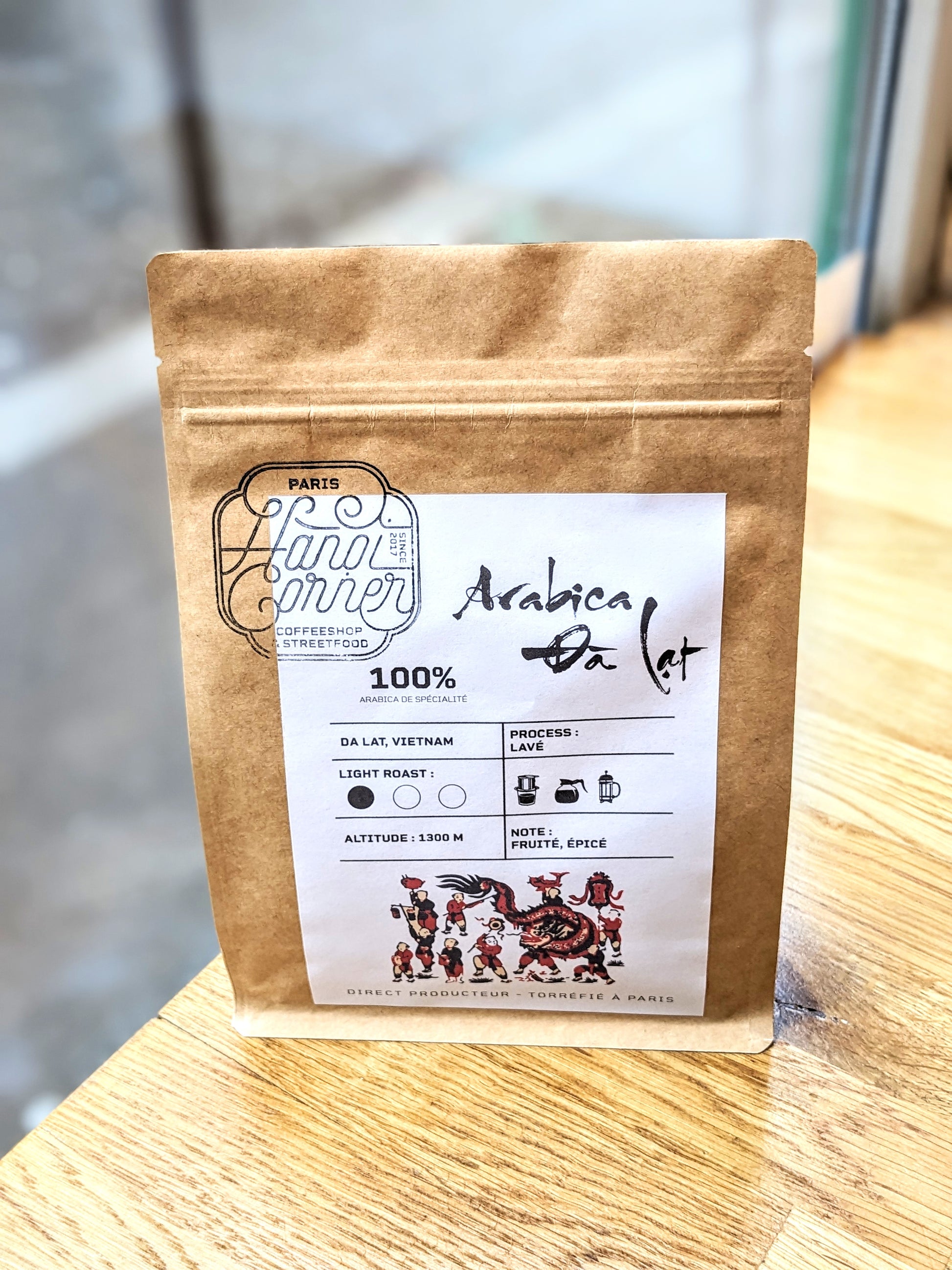At the end of the 19th and beginning of the 20th century, the first coffee trees were planted in Son La. This place became an Arabica coffee production area.
In the North, the climate is cold due to the influence of the Northeast monsoon, as well as heavy precipitation and a not very distinguished dry season. These are also benefits that contribute to the growth and development of Arabica coffee. Therefore, this place has also formed coffee areas with exceptional flavors.

Son La Arabica coffee is grown on slopes at the foot of low mountains or on shallow hills with altitudes of 900 to 1,200 m. The coffee growing area of Son La is similar to that of the Minas Gerais region of Brazil. The climate of Son La is rainy and cold. Arabica coffee trees grow well here and are of high quality. Son La is the second largest Arabica coffee producing province in Vietnam, after Lam Dong province.
Although coffee plants are not grown on red basaltic soils and are not located at ideal altitudes as in the Central Highlands provinces, in Son La there are soil types in the yellow-red group suitable for coffee plants. such as Fk, Fv, Fs. At the same time, it is located at a fairly high latitude in the North (20039' - 22002' North latitude), so it does not require watering, but the Arabica coffee tree still has very strong vitality.
* Main crops
Son La is the second largest Arabica coffee producing province in Vietnam. The "Son La" coffee tree was born in 1945, when a local resident asked to plant it in his garden (this event was reported in the book "Son La with coffee"). After more than 70 years of establishment and development, Son La coffee has become a specialty of Son La and has gradually asserted its solid position in the market.
Son La coffee is produced from good quality Arabica coffee varieties, mainly grown in the towns of Mai Son, Thuan Chau and Son La. To date, the coffee area in the province has reached more than 12,000 hectares and 2016 green coffee production reached more than 10,000 tons.
Green coffee beans have long bean shape, bean size over 4.75mm, caffeine content 0.8%-1.28%, crude protein content 10.5%-15 %, a sugar content of 6.8% to 9.2%; Roasted coffee beans and brown coffee powder, naturally flavored. The caffeine content of roasted coffee beans and coffee powder ranges from 1.0% to 1.6%, crude protein content ranges from 11.6% to 13.2%, water soluble content ranges from 29 % to 36%.



